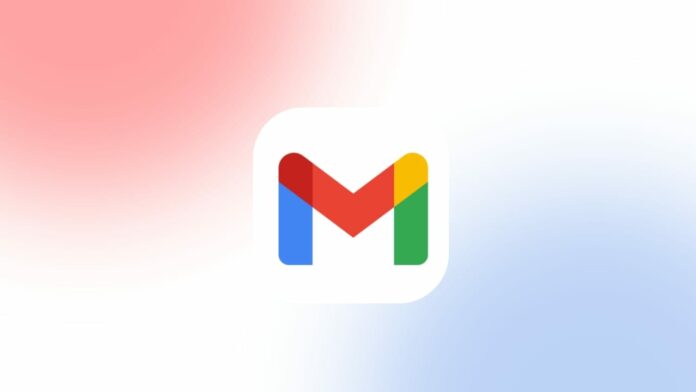In today’s digital landscape, managing a deluge of emails can become an overwhelming task, leading many to contemplate the seemingly extreme measure of email bankruptcy.
This article aims to demystify this concept, providing a step-by-step guide on effectively declaring email bankruptcy. Tailored for our Indian audience, we’ll navigate this process using simple language and practical tips.
also read: How You Can Block Emails on Gmail: A Complete Step-by-Step Guide
What is email bankruptcy?
Email bankruptcy involves taking a decisive step to delete all unread and uncategorized emails before a specific date, forcing a reevaluation of one’s email habits.
Drawing parallels with financial bankruptcy, this process requires self-reflection and a commitment to adopting a fresh, organized approach.
While discarding essential emails may seem counterintuitive, it becomes a crucial part of the journey toward achieving an empty inbox.
When should I declare email bankruptcy?
Declaring email bankruptcy is not a casual solution but becomes imperative when the email backlog reaches unmanageable proportions.
The article advises against frequent declarations, suggesting a maximum of once a year to avoid exacerbating the problem.
Readers are urged to automate their inbox post-declaration, leveraging filters to prevent future email overload.
How to declare email bankruptcy
Declaring email bankruptcy is a straightforward process, primarily utilizing Gmail. Begin by notifying contacts about the declaration, although not obligatory, ensuring important conversations are not lost.
A cautionary note accompanies the mention of the Batch Reply extension for Chrome, emphasizing the need for careful consideration due to privacy concerns.
Users have the option to either delete or archive emails when declaring bankruptcy. It’s crucial to ensure that emails are genuinely removed from the inbox.
Step-by-step instructions for using the Select All button and managing deleted items are provided, offering readers a practical roadmap to decluttering their inboxes.
Notify people that you’re declaring email bankruptcy
While not mandatory, informing contacts about the email bankruptcy declaration ensures that important conversations are not inadvertently lost.
A suggested message template is provided, accompanied by a caveat about the limitations of the Batch Reply extension, urging users to exercise caution before relying on this browser extension.
Delete or archive your emails
This section clarifies that users can either delete or archive emails when declaring bankruptcy.
The importance of ensuring emails are genuinely removed from the inbox is stressed.
Step-by-step instructions for using the Select All button and managing deleted items are provided, empowering readers to take control of their email clutter.
Set up filters
To prevent a recurrence of email overload, readers are guided on setting up filters to automatically sort emails containing specific keywords into folders.
Examples of useful filters, such as “unsubscribe,” workplace domain names, and individual addresses, are suggested, offering practical solutions for maintaining a more organized inbox.
Declare email bankruptcy when all other methods fail
The article concludes by reinforcing that while declaring email bankruptcy may seem drastic, it can be a valuable solution for overcoming email overload.
Readers are encouraged to explore Gmail apps and tools to manage their inboxes efficiently, providing them with the tools needed to avoid the need for frequent email bankruptcies.
Wind Up
In the era of constant digital communication, the concept of declaring email bankruptcy serves as a practical strategy to regain control of our inboxes.
By following the outlined steps and embracing proactive email management techniques, individuals can navigate the complexities of email overload and achieve a more streamlined and stress-free communication experience.








